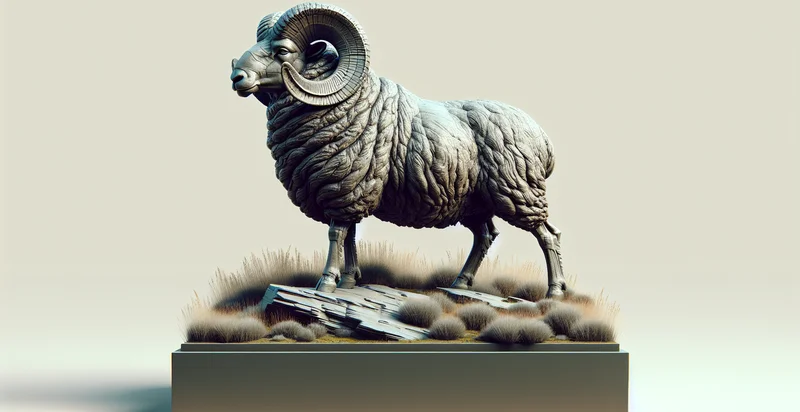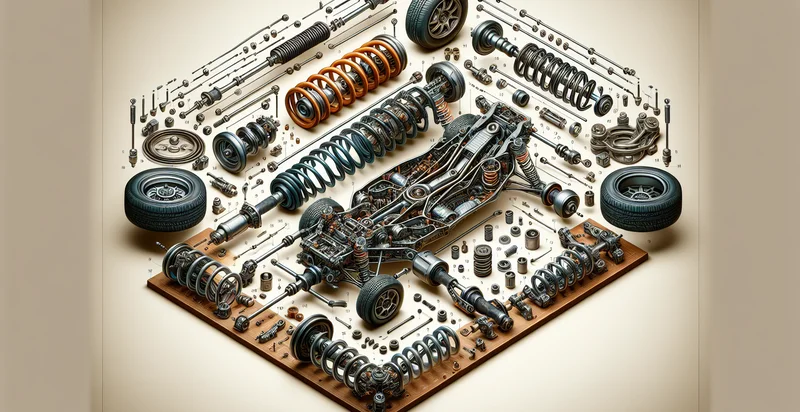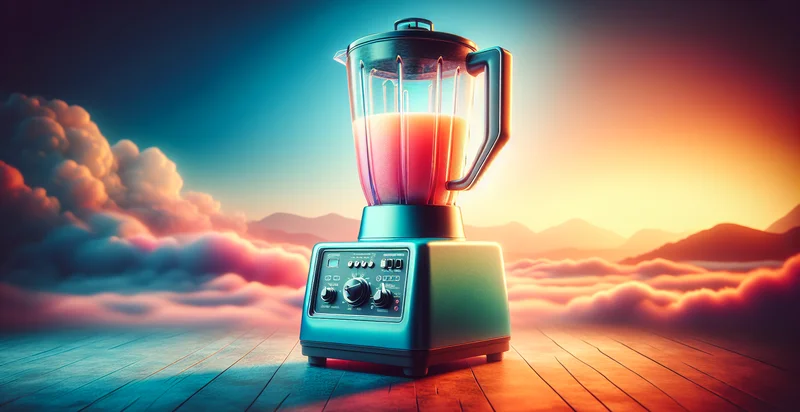Identify ram models
using AI
Below is a free classifier to identify ram models. Just upload your image, and our AI will predict if it's a cat or a dog - in just seconds.

Contact us for API access
Or, use Nyckel to build highly-accurate custom classifiers in just minutes. No PhD required.
Get started
import nyckel
credentials = nyckel.Credentials("YOUR_CLIENT_ID", "YOUR_CLIENT_SECRET")
nyckel.invoke("ram-models", "your_image_url", credentials)
fetch('https://www.nyckel.com/v1/functions/ram-models/invoke', {
method: 'POST',
headers: {
'Authorization': 'Bearer ' + 'YOUR_BEARER_TOKEN',
'Content-Type': 'application/json',
},
body: JSON.stringify(
{"data": "your_image_url"}
)
})
.then(response => response.json())
.then(data => console.log(data));
curl -X POST \
-H "Content-Type: application/json" \
-H "Authorization: Bearer YOUR_BEARER_TOKEN" \
-d '{"data": "your_image_url"}' \
https://www.nyckel.com/v1/functions/ram-models/invoke
How this classifier works
To start, upload your image. Our AI tool will then predict if it's a cat or a dog.
This pretrained image model uses a Nyckel-created dataset and has 2 labels, including One Thousand Five Hundred and Two Thousand Five Hundred.
We'll also show a confidence score (the higher the number, the more confident the AI model is around if it's a cat or a dog).
Whether you're just curious or building ram models detection into your application, we hope our classifier proves helpful.
Related Classifiers
Need to identify ram models at scale?
Get API or Zapier access to this classifier for free. It's perfect for:
- Inventory Management: The True Image Classification function can be employed to automatically categorize and track inventory by identifying and labeling various product models. This will streamline stock-taking processes and ensure accurate inventory counts across multiple warehouses.
- Quality Control in Manufacturing: In manufacturing, this function can be used to verify that products match designated 'ram models' during quality checks. By automating this identification, companies can reduce human error and ensure consistent quality standards.
- Product Recommendations: E-commerce platforms can leverage this classification tool to enhance user experience by suggesting products based on specific 'ram models' images uploaded by customers. This personalized shopping experience can lead to increased customer satisfaction and higher sales conversion rates.
- Customer Support Optimization: By integrating the image classification function into customer service systems, companies can efficiently analyze customer-uploaded images of products to identify issues or model types. This will facilitate quicker resolutions and enhance overall customer support efficacy.
- Market Research and Trend Analysis: Businesses can utilize this technology to analyze images posted online, categorizing 'ram models' that are trending. By observing which models draw attention, companies can adjust marketing strategies and product offerings to align with emerging consumer preferences.
- Automated Content Moderation: In platforms where users share images of products, the classification function can automatically filter and categorize images based on 'ram models.' This would help maintain community standards and improve content organization.
- Augmented Reality Applications: The image classification function can support AR applications that identify and overlay information about specific 'ram models.' Users interacting with these models will receive accurate product details, enhancing their shopping experience and potentially driving sales.


